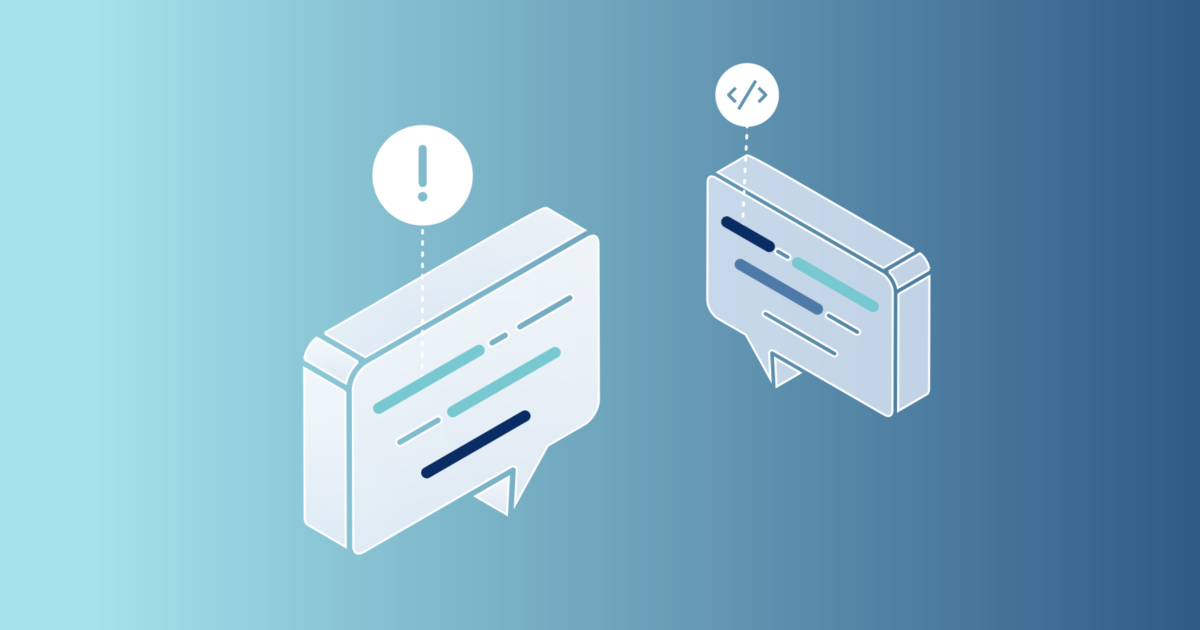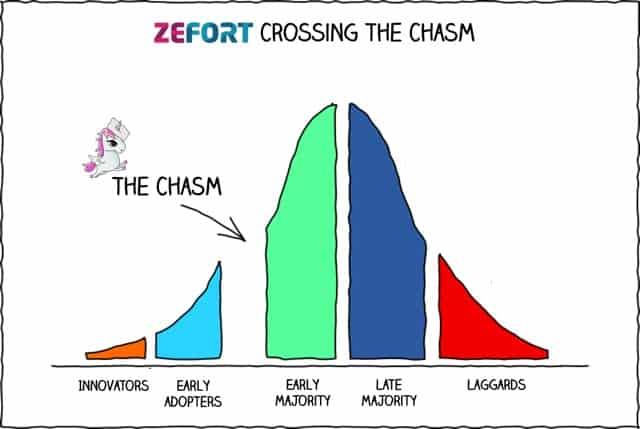Streamlining Business Processes: How Electronic Document Signing Paves the Way for Efficient Workflows
In today’s fast-paced digital age, time is money. As businesses strive to stay ahead of the competition, optimizing workflows and cutting down red tape are becoming essential for success. Thankfully, the days of drowning in paperwork and waiting for signatures are winding down. With the advent of electronic document signing, businesses can now streamline their processes and propel their efficiency to new heights.
This revolutionary technology not only saves time and resources but also opens the door to a world of faster, more streamlined workflows.
The Challenges of Traditional Document Signing
Traditional document signing methods, such as manual signing and physical document storage, pose several challenges in a paperless workflow.
Firstly, they contribute to inefficiency and delays in the signing process, as physical documents need to be couriered or mailed.
Secondly, traditional signing methods increase the risk of errors and fraud, with documents being susceptible to alterations or unauthorized access.
Additionally, the lack of visibility and tracking in traditional signing methods makes it challenging to monitor the progress of documents, leading to potential bottlenecks. In a paperless workflow, these challenges can be overcome through digital signing solutions that enable secure, efficient, and trackable signing processes.
The Advantages of Electronic Document Signing
Electronic document signing offers several advantages for businesses transitioning to a paperless workflow. It saves time by eliminating the need for printing, scanning, and mailing documents. And secondly, it reduces costs associated with paper, ink, postage, and storage.
Additionally, electronic signatures provide a higher level of security and authentication compared to traditional handwritten signatures. Lastly, it enables remote collaboration and facilitates smooth workflow by allowing multiple parties to sign documents from anywhere at any time. Implementing electronic document signing can therefore streamline operations, enhance efficiency, and improve overall productivity for businesses.
Implementing a Paperless Workflow
Implementing a paperless workflow in your organization has become increasingly important in today’s digital age. Here are some practical steps to help you achieve this:
- Digitize documents: Start by scanning physical documents and converting them into digital files. Use optical character recognition (OCR) technology to make the text searchable.
- Adopt contract repository: Store your digital files securely in a secure cloud service like Zefort contract management system, to ensure easy access and collaboration from anywhere. Choose a reliable and scalable cloud storage provider.
- Utilize electronic signatures: Replace traditional ink signatures with electronic signatures to streamline document signing processes and eliminate the need for printing and scanning.
- Implement document management systems: Invest in document management software to organize, categorize, and manage your digital files efficiently. This will make it easier to locate and retrieve documents when needed.
- Embrace collaboration tools: Use online collaboration tools to facilitate real-time collaboration and document sharing among teams.
This will reduce the need for printing and circulating hard copies.
By embracing a paperless workflow, you can not only reduce waste and save costs but also improve productivity and efficiency in your business operations.
Real-World Example of Streamlined Workflows
Streamlined workflows have become increasingly common in various industries, revolutionizing how work gets done. For instance, in the banking sector, a streamlined workflow has simplified loan application processes, eliminating the need for customers to submit multiple physical documents. This digital transformation has reduced processing time and improved customer satisfaction. Across industries, implementing a paperless workflow has proven to save time, reduce costs, and enhance productivity.
Key takeaways
Electronic document signing is revolutionizing business processes by streamlining workflows and improving efficiency. The traditional method of signing documents manually is time-consuming and prone to errors. With electronic document signing, businesses can save time and resources by eliminating the need for physical paperwork and the need for individuals to be physically present to sign documents. This technology allows for faster turnaround times, increased productivity, and reduced costs.
Additionally, electronic document signing ensures security and authenticity through encryption and tamper-evident features. By adopting electronic document signing, businesses can enjoy the benefits of a more streamlined and efficient workflow, ultimately leading to improved overall productivity and profitability.





